my research leads me to think that these vases come from the Sarreguemines factory in the second half of the 19th century and that the model is called Duplessis in homage to Jean-Claude Duplessis, a famous decorator of the 18th century.
These vases are in three parts, the pedestal, the body of the vase and the lid. The pedestal being sealed to the body with plaster. This construction led to an accident a long time ago and a pedestal found itself damaged, broken into about ten pieces which had been glued back together. This old restoration was entirely taken over by a specialized restorer who dismantled and reassembled everything according to the rules of the art. This restoration was done on the vase on the right in the photo. The pedestal has been reattached to the plaster to the body of the vases (during handling, the two pieces must be held together to avoid what happened, the second vases having its original sealing, a slight play is present. All this is imperceptible once the vases are in place).
As they are, these vases are very spectacular with large dimensions, total height 81 cm (pedestal 14.5 cm, body 52 cm, lid 14.5 cm), for a diameter of 32 cm.
This model of high quality vases is very rare. Model similar to those appearing in a photograph of the ceramic section of the 1878 Paris Universal Exhibition.


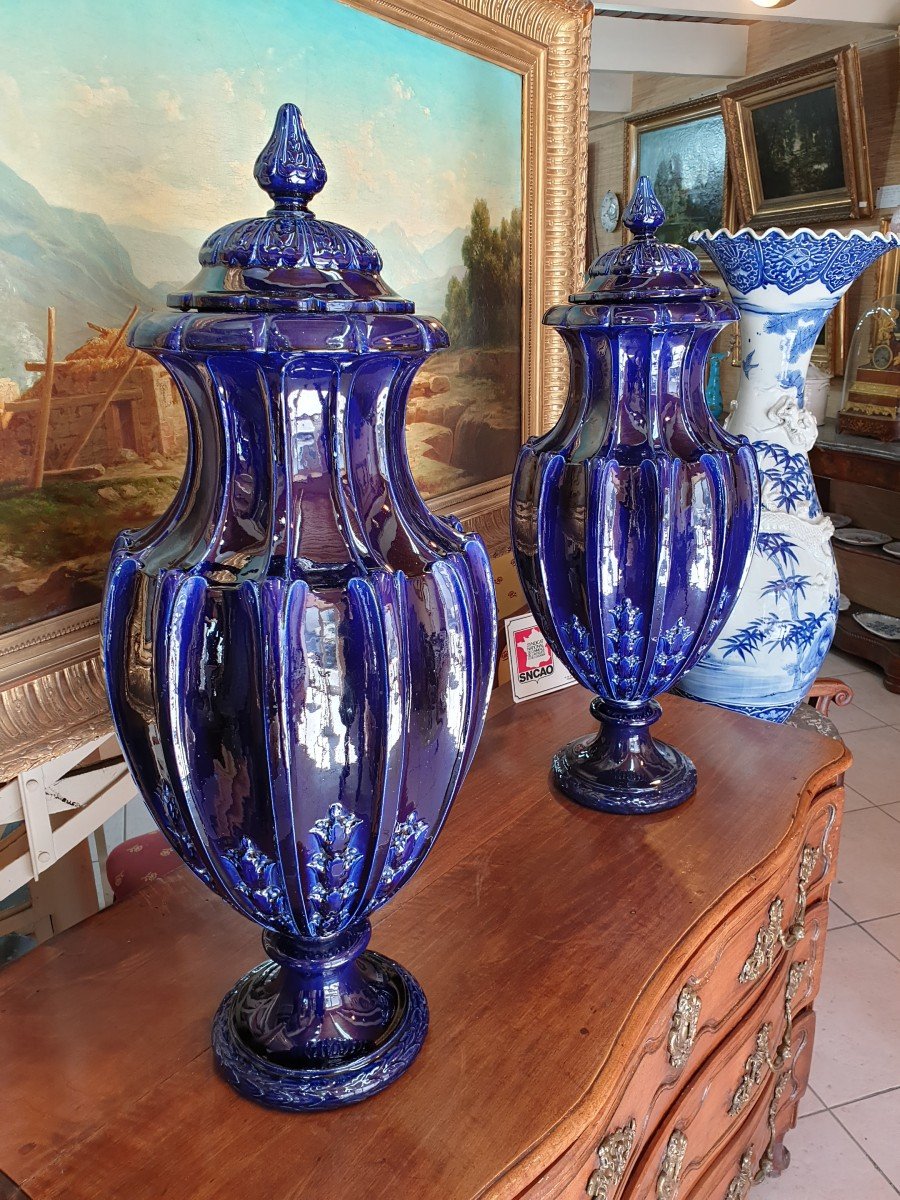



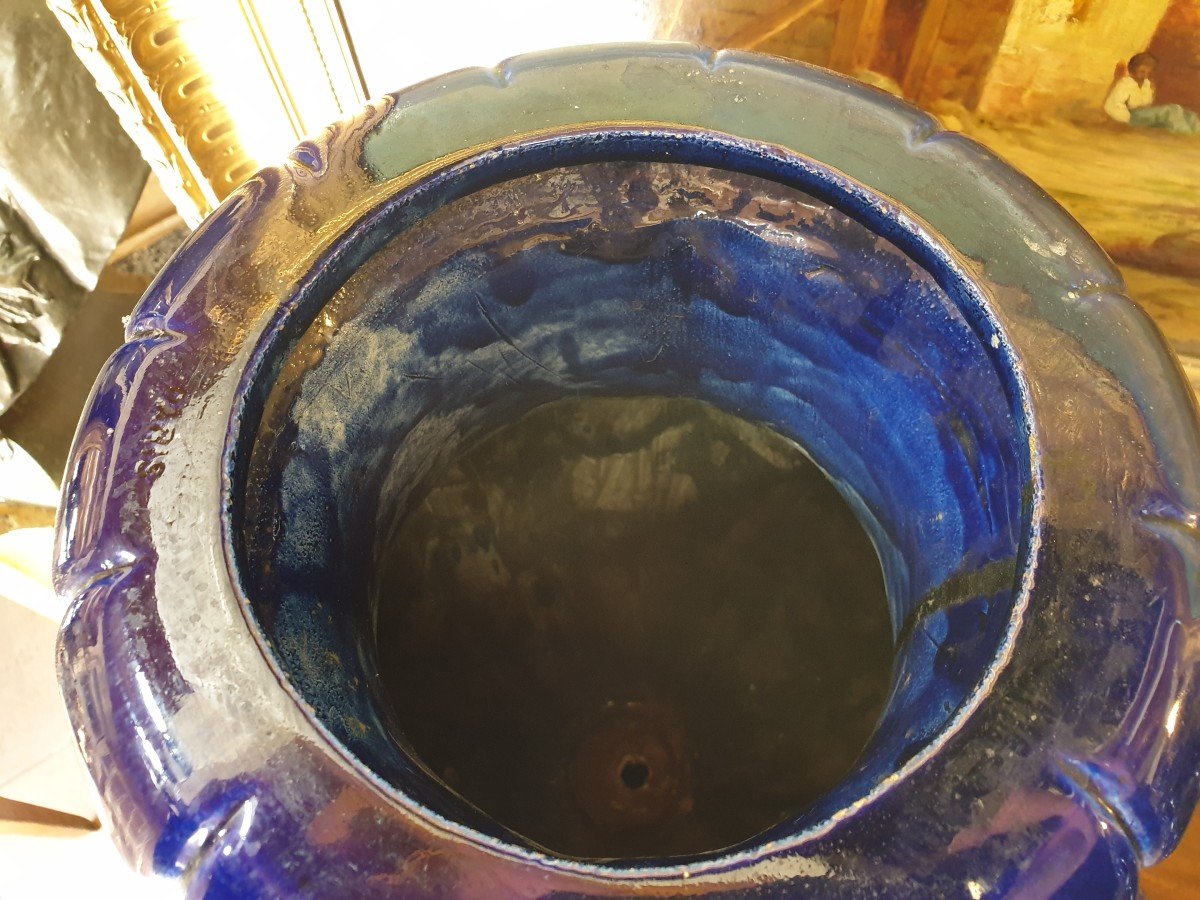
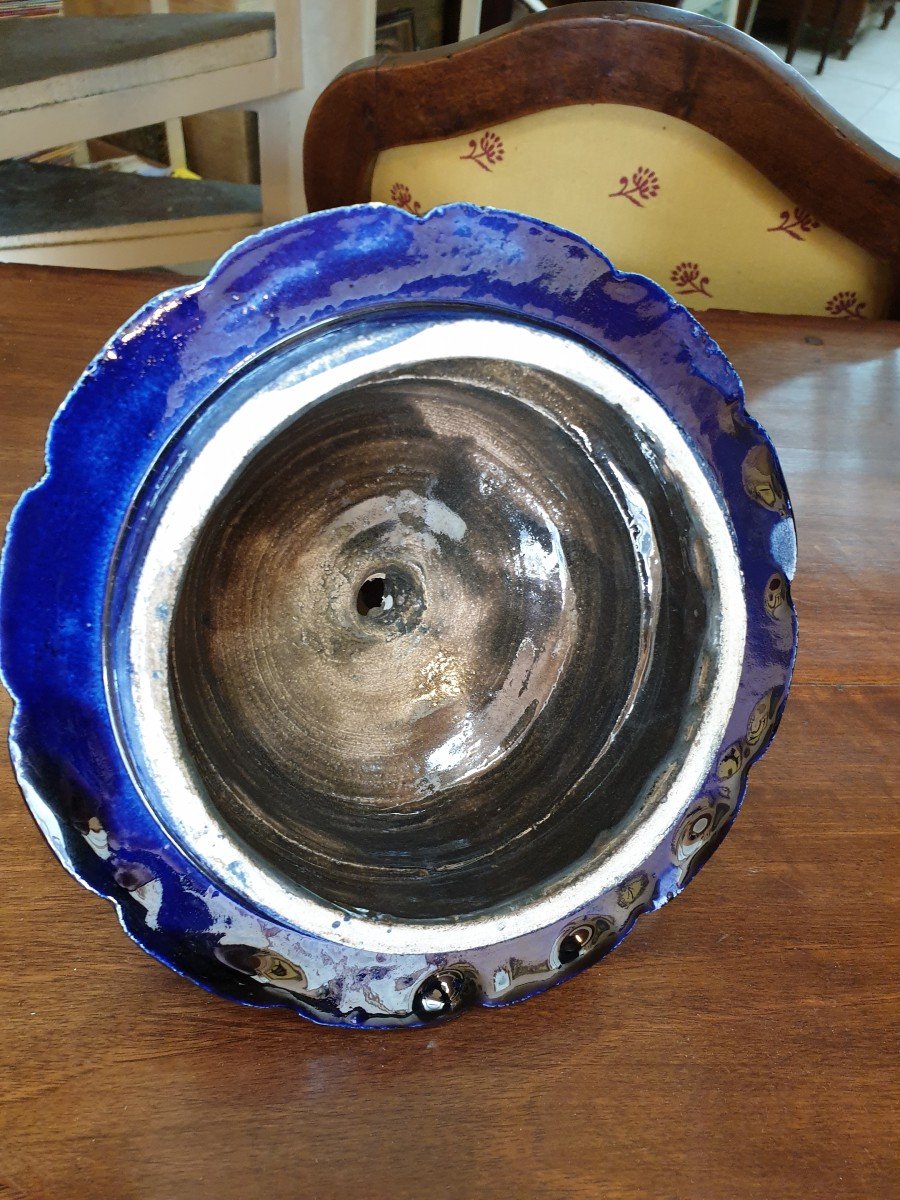
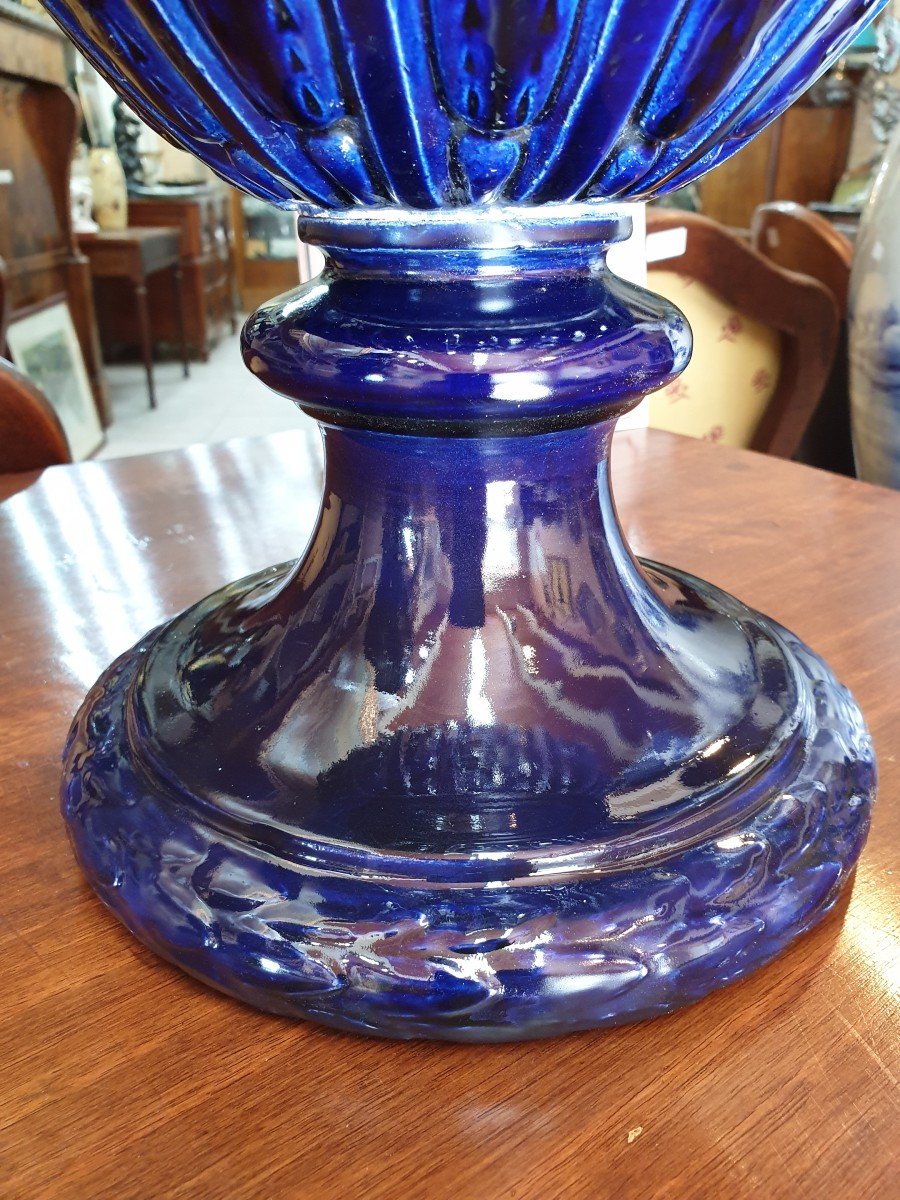
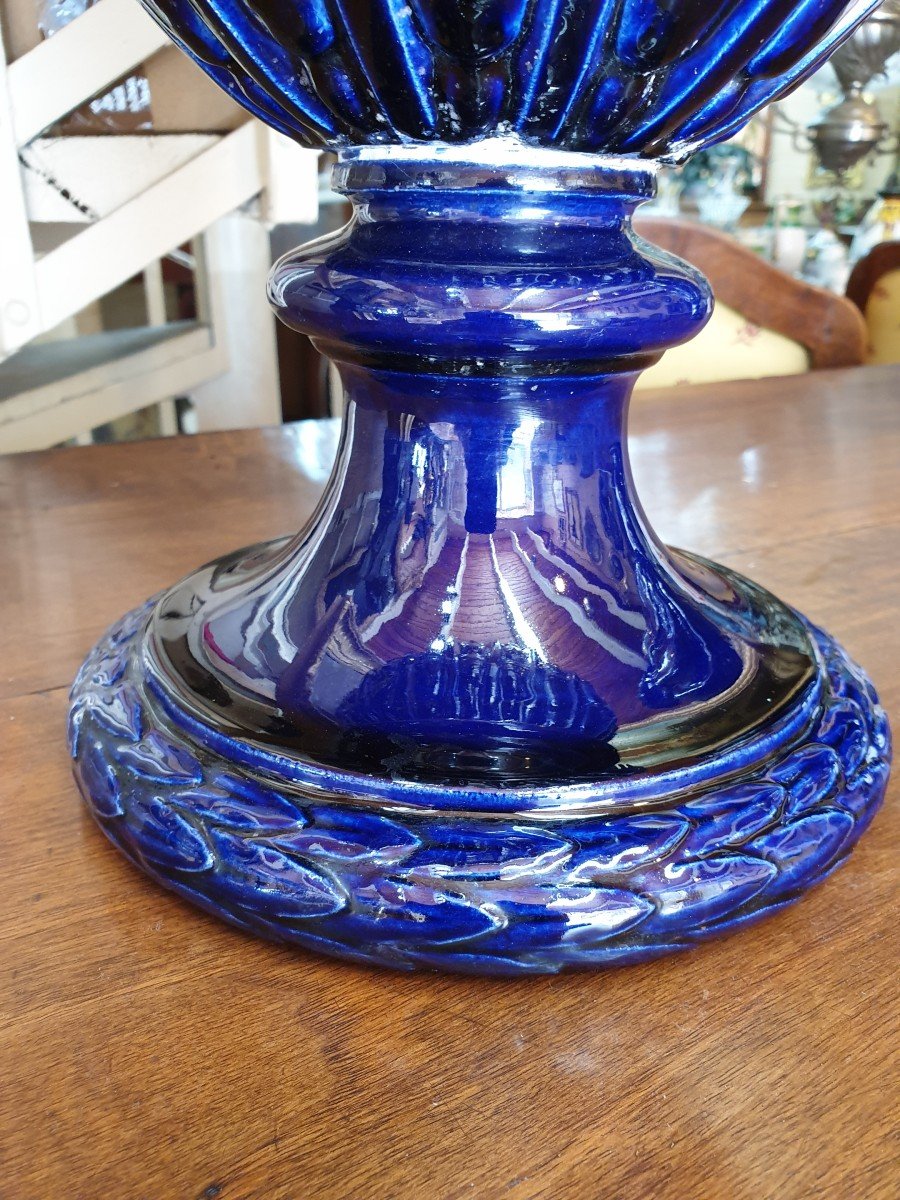

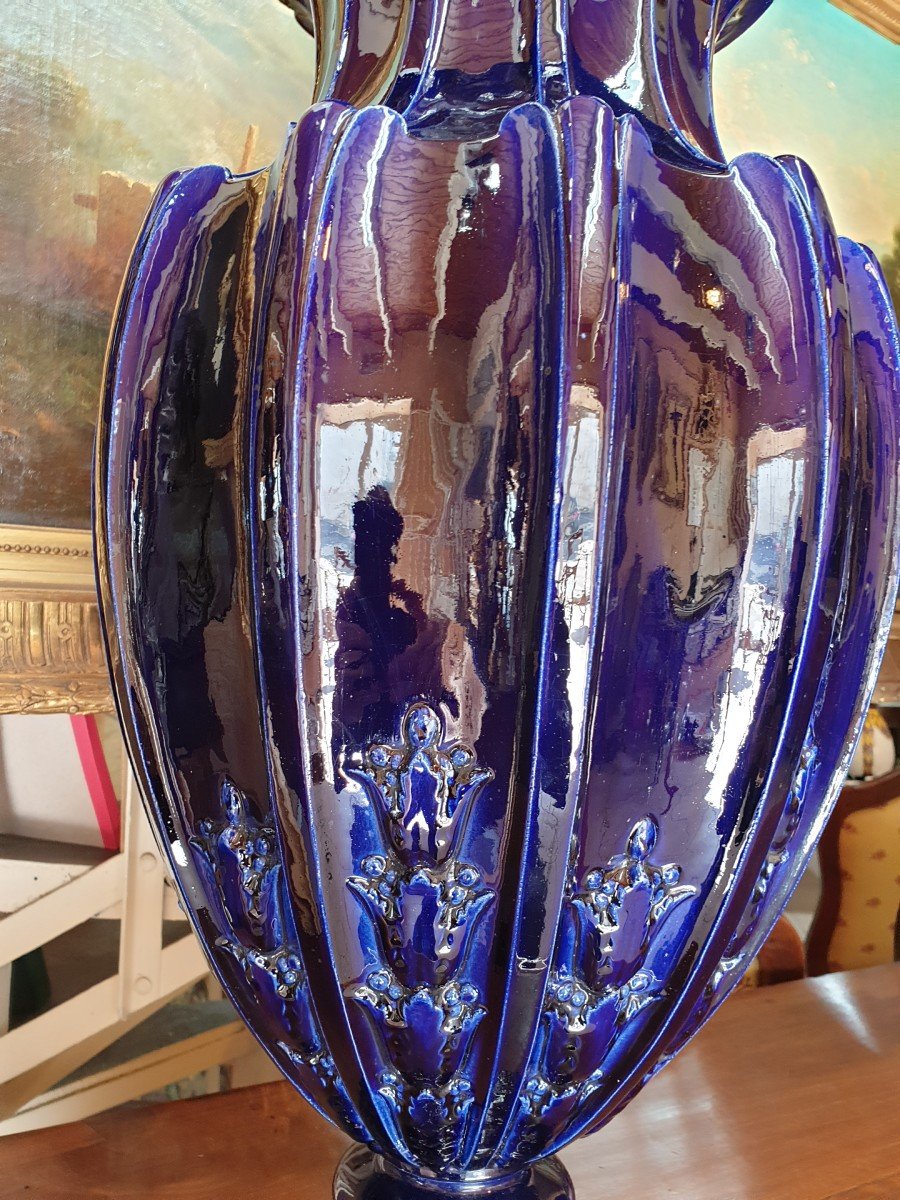
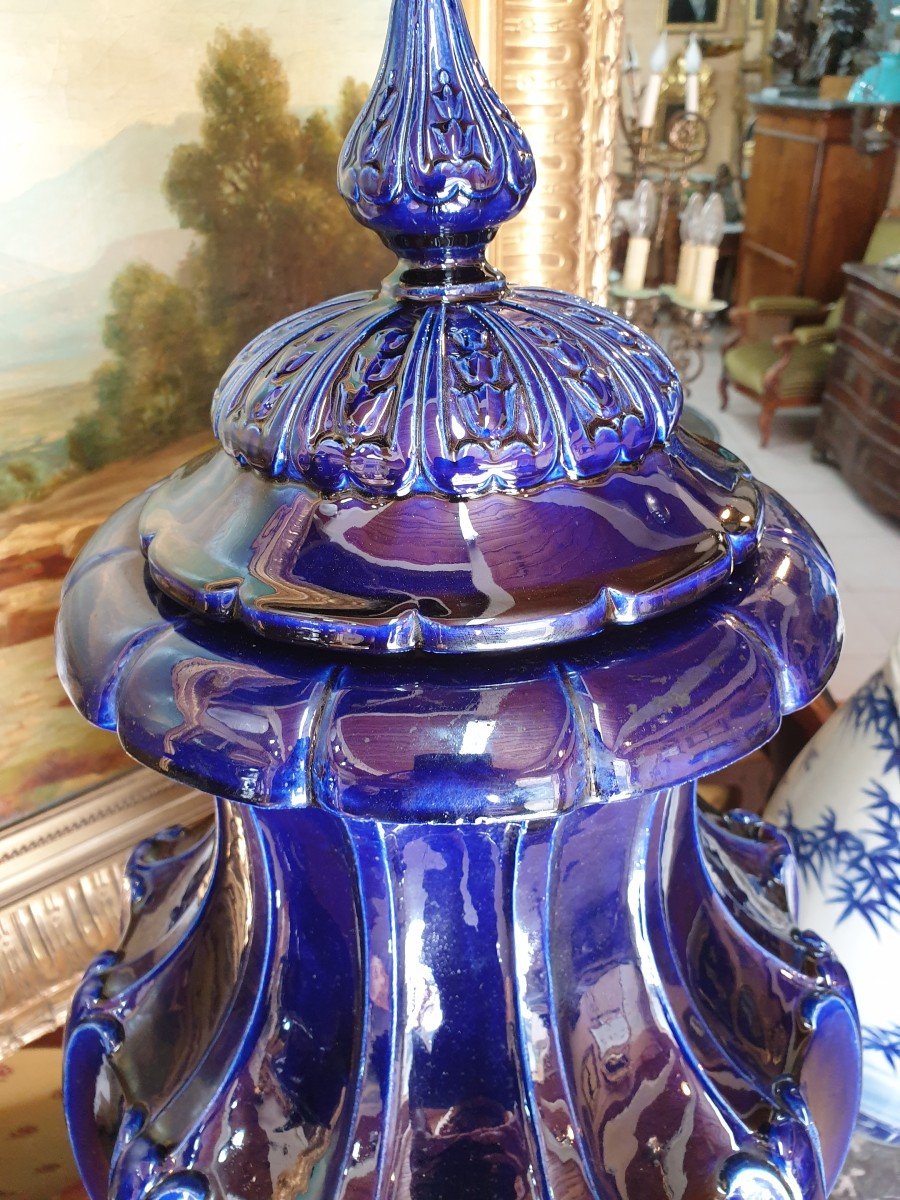
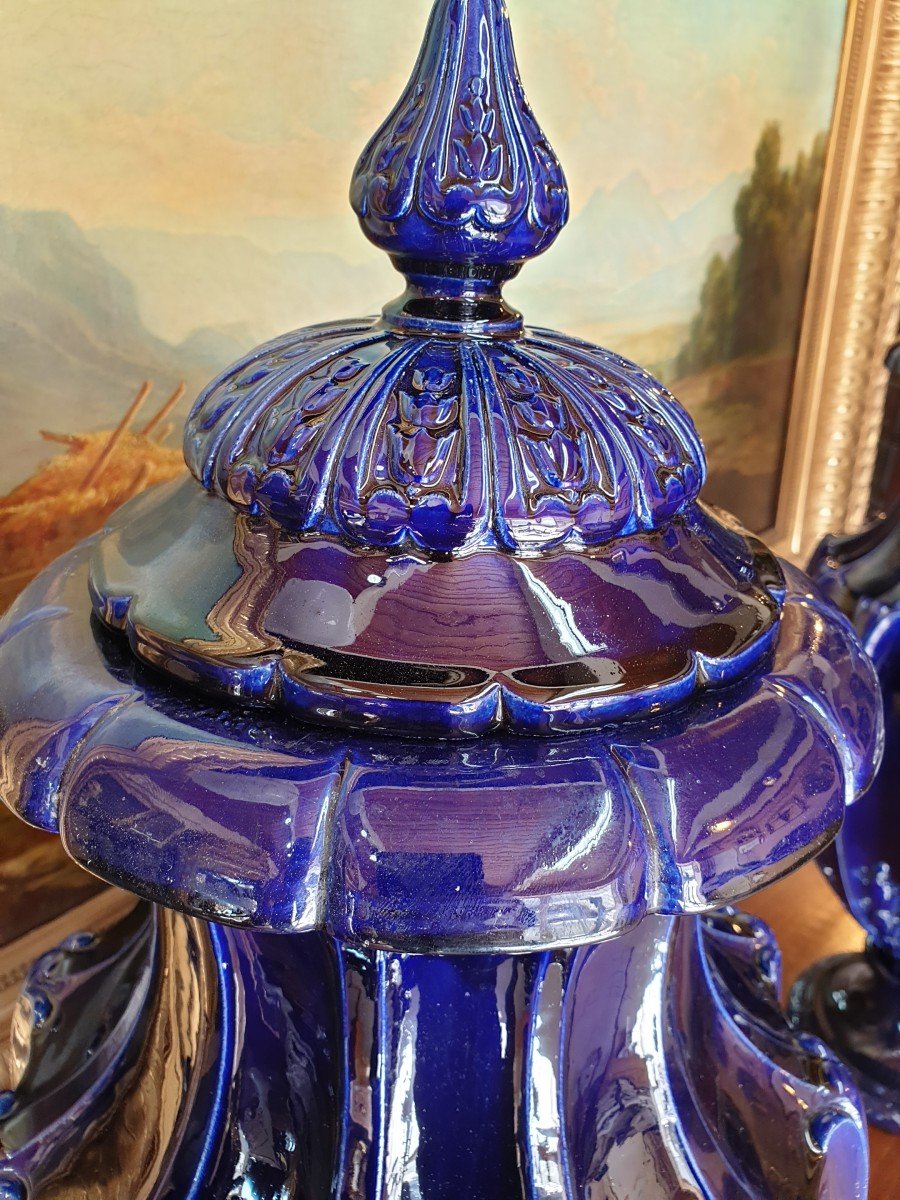
















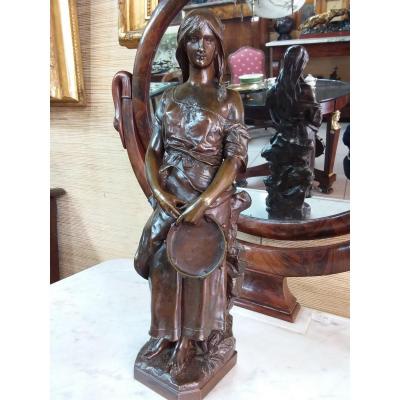

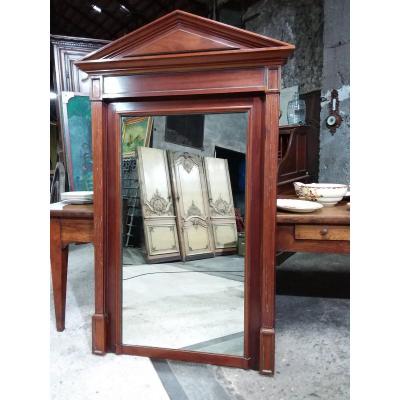
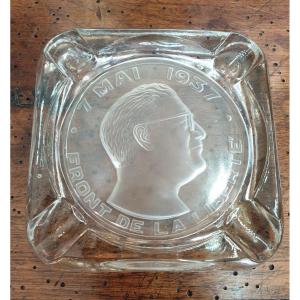
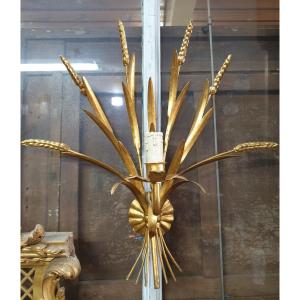

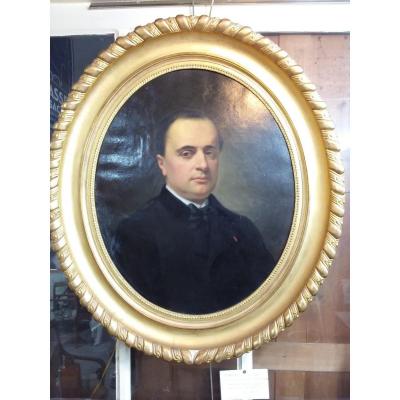

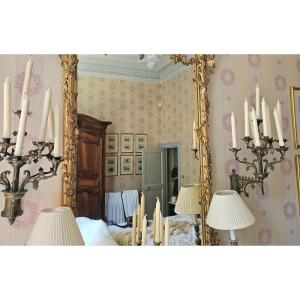





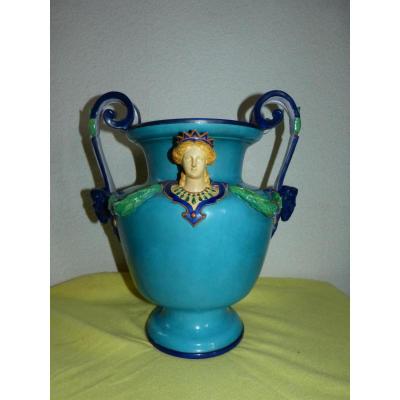





 Le Magazine de PROANTIC
Le Magazine de PROANTIC TRÉSORS Magazine
TRÉSORS Magazine Rivista Artiquariato
Rivista Artiquariato